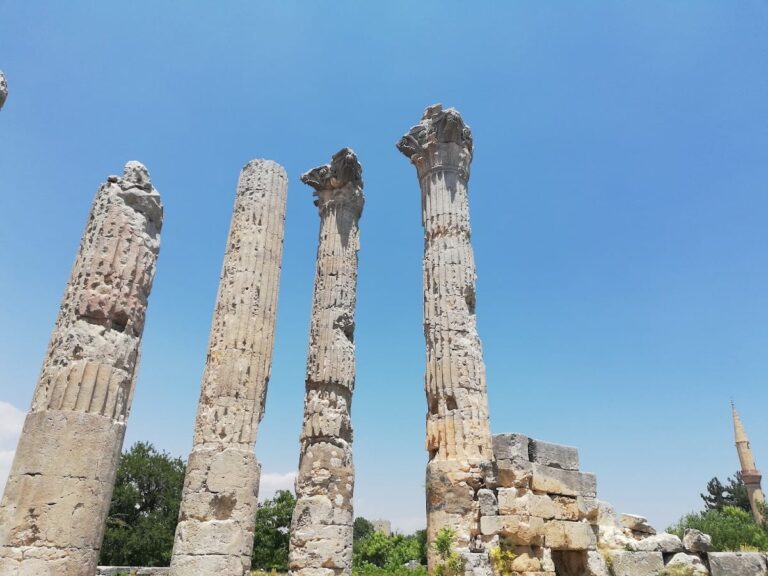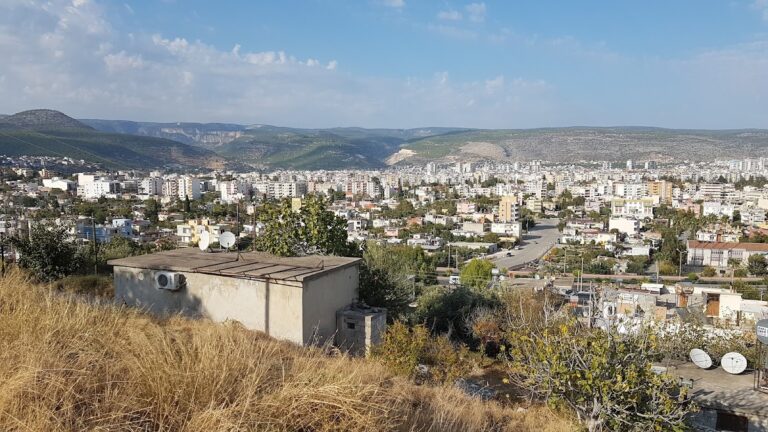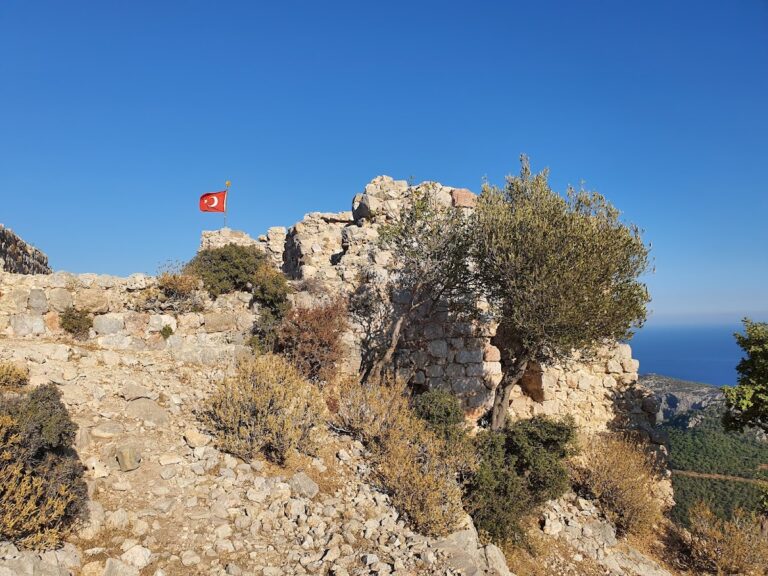Elaiussa Sebaste: An Ancient City in Cilicia, Turkey
Visitor Information
Google Rating: 4.3
Popularity: Medium
Google Maps: View on Google Maps
Country: Turkey
Civilization: Byzantine, Roman
Remains: City
History
The ancient city of Elaiussa Sebaste is situated in Merdivenlikuyu, within the municipality of Ayaş in modern-day Turkey. This settlement was originally established by Greek colonists in the 2nd century BC on a small island linked to the mainland by a narrow strip of land, located in the historical region known as Cilicia in southern Anatolia.
Initially called Elaiussa, a name derived from the Greek word for olive due to the area’s olive cultivation, the city entered a new phase during the reign of Roman Emperor Augustus. Around this time, the Cappadocian king Archelaus renamed the city Sebaste, a title meaning “Augustus” in Greek, reflecting its elevated status under Roman influence. Archelaus also built a palace here, and the city became his capital.
Elaiussa Sebaste prospered particularly after 74 AD, following the Roman campaign led by Emperor Vespasian to eliminate piracy along the Cilician coast. The city’s strategic location allowed it to benefit from maritime trade, with two functioning harbors on its northern and southwestern sides. It maintained a degree of autonomy, visible through its own coinage. The city also attracted notable visitors, including Herod the Great and members of his family, indicating political and familial ties to local leadership.
In the late 3rd century AD, Elaiussa Sebaste faced decline brought about by repeated invasions from Sassanian King Shapur I as well as raids by the Isaurians, a group from the mountainous regions nearby. By the 6th century AD, the city’s significance diminished further, as the neighboring settlement of Corycus grew in prominence, drawing trade and population away. Elaiussa Sebaste was eventually abandoned early in the 7th century.
Since 1995, archaeological investigations conducted under the direction of Italian researcher Eugenia Equini Schneider, supported by the University of Rome “La Sapienza,” have sought to uncover and document the city’s extensive and diverse remains.
Remains
The archaeological site of Elaiussa Sebaste reveals a rich urban layout, marked by a variety of structures from different periods of the city’s history. Built primarily of stone, its ruins spread over the small island and adjacent mainland, outlining a prosperous coastal city.
Central to the site is a Byzantine palace enclosed within defensive walls. This palace features a large open courtyard and a striking central circular hall surrounded by a multi-story colonnade. The columns and walls were lavishly decorated, suggesting the building’s importance. The palace experienced partial destruction around 530 AD and was deserted by the early 7th century, corresponding with the city’s broader decline.
A small theater dating from the 2nd century AD is positioned across the modern highway D.400. This theater, modest in size with just 23 rows of seats, once served as an entertainment venue. Over time, its steps and ornamental elements have suffered considerable damage, primarily due to looting. Next to this theater lies the city’s agora, or public square, partly protected by the remnants of a defensive wall. Two monumental fountains shaped like lions stand at the entrance to the agora, adding a distinctive sculptural feature. Inside this enclosure sits a large church whose mosaic floor is presently shielded beneath a layer of sand to preserve it.
On a hill overlooking the sea outside the city limits, the remains of the only known temple in Elaiussa Sebaste are found. Originally, the structure was surrounded by twelve Corinthian columns along its length and six along its shorter sides. Today, only two of these columns remain upright, offering a glimpse into the temple’s once grand appearance.
Situated between the temple and the agora, amidst lemon groves, is a large Roman-era bath complex. Constructed using a rare building technique for Anatolia, this bath features a mosaic floor and was likely central to public life. Close by, archaeologists have uncovered a small basilica with a circular foundation, indicating religious activity within this section of the city.
The city’s necropolis, known as the “Avenue of Graves,” is located on a hill north of the urban center. It contains around one hundred tombs varying in style and size. These burial monuments are remarkable examples of the funerary traditions characteristic of the rugged Cilicia Tracheia region, demonstrating a mix of monumental and aesthetic qualities.
Water was supplied to Elaiussa Sebaste via ancient aqueducts drawing from the nearby Lamos River, also called the Lemon River. Two aqueduct lines reached into the city’s entrances, with the western aqueduct remaining notably well preserved. This aqueduct once functioned as part of a larger canal system extending toward the city of Corycus, highlighting a regional water management network.
Opposite the aqueduct, on a small nearby rise, lies a lidded sarcophagus referred to as the “Grave of the Princess.” This funerary monument exemplifies Anatolian burial customs and adds a distinctive feature to the site’s extensive mortuary landscape.








